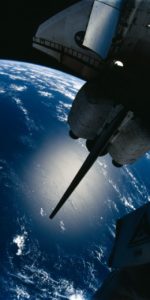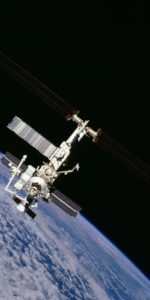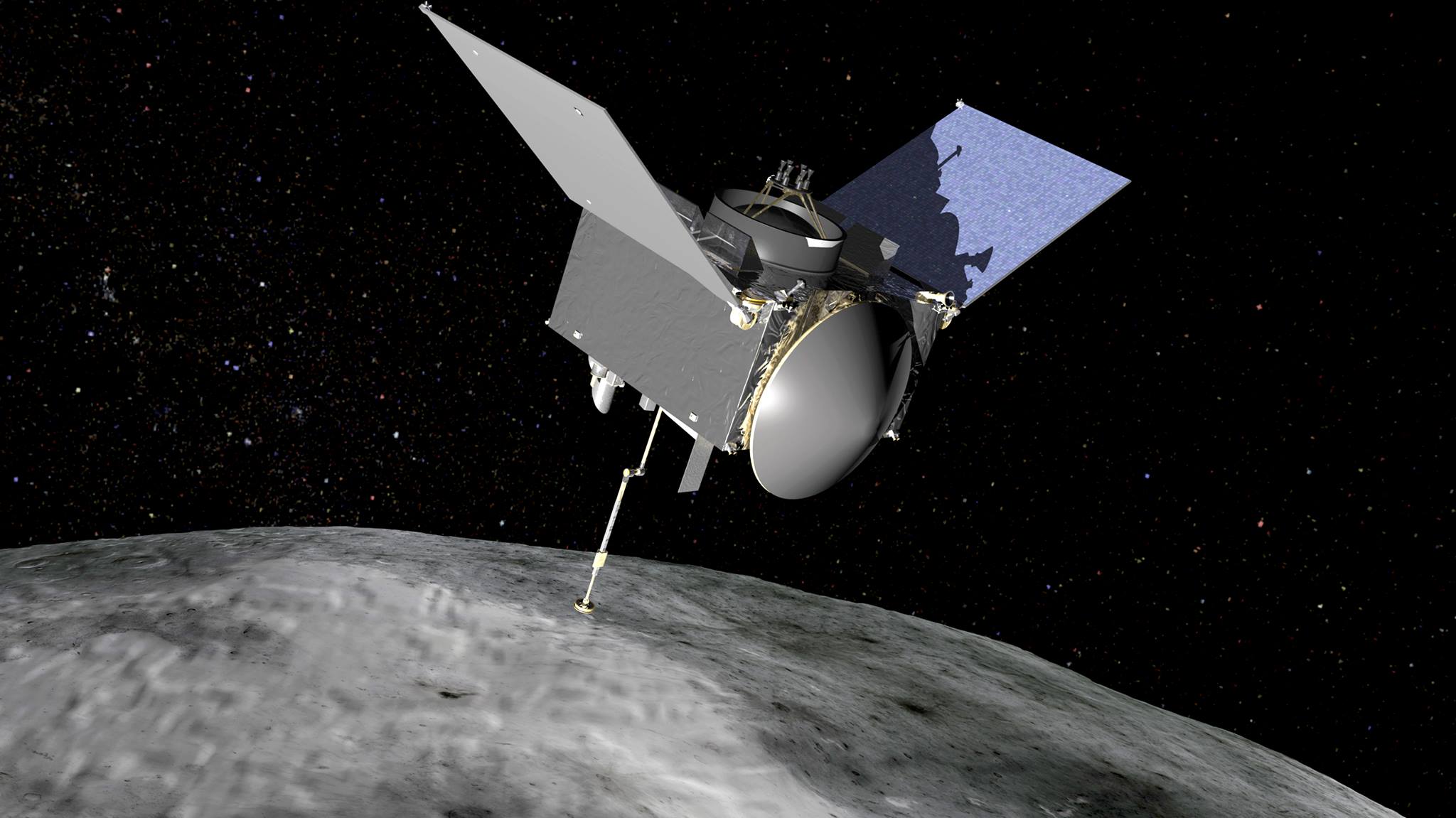
The last decade has proven to be watershed years for deep space exploration. While the European Space Agency’s Rosetta spacecraft proved a small lander could be set down upon a rocky comet, other missions including NASA’s Curiosity rover, Dawn, and New Horizons showed that humanity could explore both known and strange new foreign worlds. Most recently, the space agency’s Juno spacecraft entered Jupiter’s orbit on July 4, and is set to return data and images illuminating the origins of our Solar System.
Continuing the past few years’ breakthroughs, the third spacecraft in NASA’s New Frontiers Program (behind New Horizons and Juno), called the Origins, Spectral Interpretation, Resource Identification, Security, Regolith Explorer (better known as OSIRIS-REx), is less than two weeks from its scheduled launch date. The spacecraft and launch vehicle both continue to be readied as NASA gears up for yet another pioneering deep space mission. This mission will serve to be NASA’s first asteroid sample return mission in its history.
Spacecraft, Launch Vehicle Coming Together For Sept. 8 Liftoff
OSIRIS-REx’s launch window is currently between 7:05-9:05 p.m. EDT on Thursday, Sept. 8; the launch will take place from Cape Canaveral Air Force Station’s Launch Complex 41. The spacecraft will take flight aboard a United Launch Alliance (ULA) Atlas V 411 rocket. At present, several key milestones are taking place prior to the rocket being fully ready for liftoff en route to complete an ambitious exploration and sample return mission at the asteroid 101955 Bennu. If for some reason the launch is scrubbed on Sept. 8, the launch window will remain open for a period of 34 days, through Oct. 12.
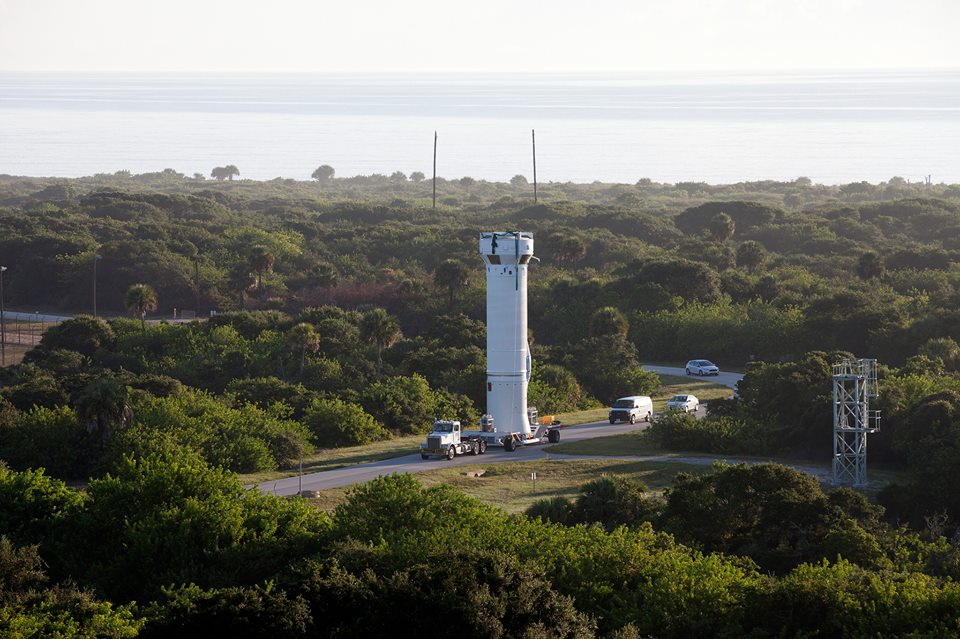
Earlier this month, the ULA rocket that will deliver OSIRIS-REx to the heavens was transported by barge to NASA’s Kennedy Space Center (KSC) to be prepared for its contribution to the mission. The Atlas’ solid rocket booster and first stage were assembled at KSC’s Vertical Integration Facility. According to ULA, the 411 configuration “adds a single strap-on booster rocket to the first stage.”
However, these elements won’t be able to provide enough firepower to get OSIRIS-REx to its target. The spacecraft will need a boost from a high-energy upper stage as it makes its way into space, and that’s where the Centaur upper stage comes in. On Aug. 24, it was announced the Centaur was installed on the rocket. On Aug. 25 the Centaur underwent a wet, fueled dress rehearsal (this stage utilizes liquid hydrogen and oxygen) in preparation for its launch in less than two weeks.
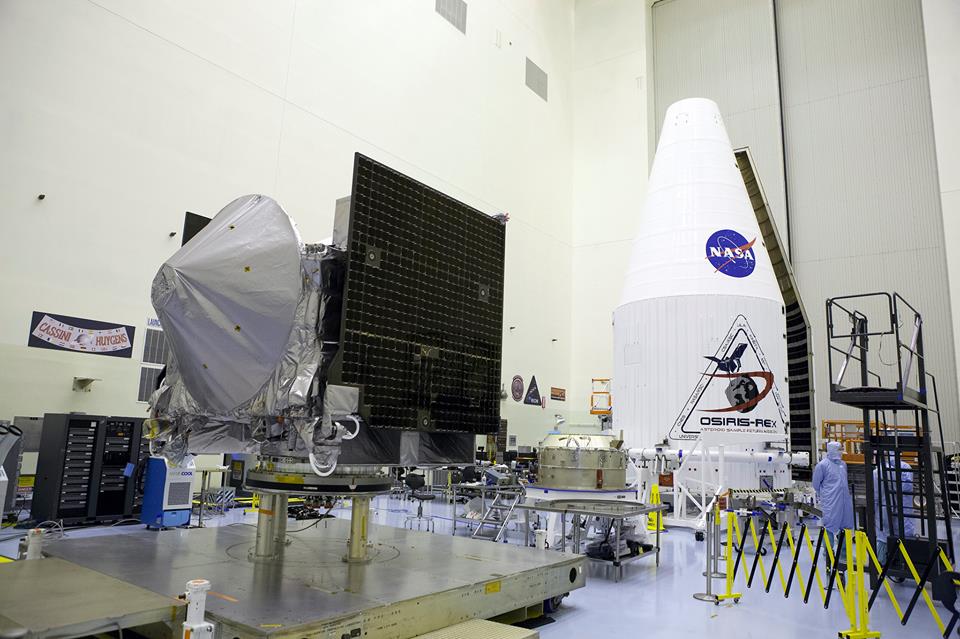
The spacecraft is currently being encapsulated in its four-meter-wide payload fairing at the Payload Hazardous Service Facility at KSC prior to it being integrated with the launch vehicle. Other tests were performed concerning the spacecraft itself as launch time loomed ahead. Mike Donnelly, OSIRIS-REx’s project manager at NASA’s Goddard Space Flight Center in Greenbelt, Md., reported, “We have done a spin balance test, we took the solar arrays off and cleaned them, put them back on, filled the tanks with fuel, and installed all the thermal protective blankets on the spacecraft.” The spacecraft’s solar panels were also unfolded and folded back to ensure they work flawlessly. On Monday, Aug. 29, the spacecraft is scheduled to be mounted on top of its rocket.
After the OSIRIS-REx is fully integrated with its Atlas V, and all is said and done pre-launch, the launch vehicle will utilize its 860,000 mighty pounds of thrust to send the intrepid spacecraft to its destination, a never-before-explored asteroid.
What Makes OSIRIS-REx Different
The newest addition to the New Frontiers Program will orbit an asteroid, get a closer look, and then swoop in for a valuable sample. While NASA’s Stardust spacecraft returned dust from the tail of comet Wild 2 in 2004, the space agency has never before attempted to return a sample from an asteroid. OSIRIS-REx will utilize a long “arm” called the Touch-and-Go Sample Acquisition Mechanism—TAGSAM for short—to aid in bringing its treasure home to Earth via a return capsule. According to the University of Arizona’s Lunar and Planetary Laboratory (which developed the mission along with NASA’s Goddard Space Flight Center and Lockheed Martin Space Systems), in tests the TAGSAM system collected an average of 300 grams of materials, more than five times the minimum sample return mandated by NASA.
Why visit an asteroid? This mission seeks to understand further how our Solar System was formed. NASA’s Jim Green, director of the agency’s Planetary Science Division, emphasized, “One of the amazing things about OSIRIS-REx is that it addresses all of the science goals that planetary science has at NASA: how the solar system works, how it formed, how it informs our understanding of life in solar system and elsewhere, and how we can understand the resources and hazards of asteroids and better characterize those.” In learning more about an asteroid, humanity can learn more about its origins.
While meteorites have been found frequently on Earth, these may contain contaminants and are not “pure” samples of deep space. OSIRIS-REx will give scientists and researchers the opportunity to study particles and material directly from the source. And on Thursday, Sept. 8, it will, at long last, begin its long, strange trip.
Be sure to follow OSIRIS-REx’s launch on AmericaSpace’s launch tracker during the evening of Thursday, Sept. 8.
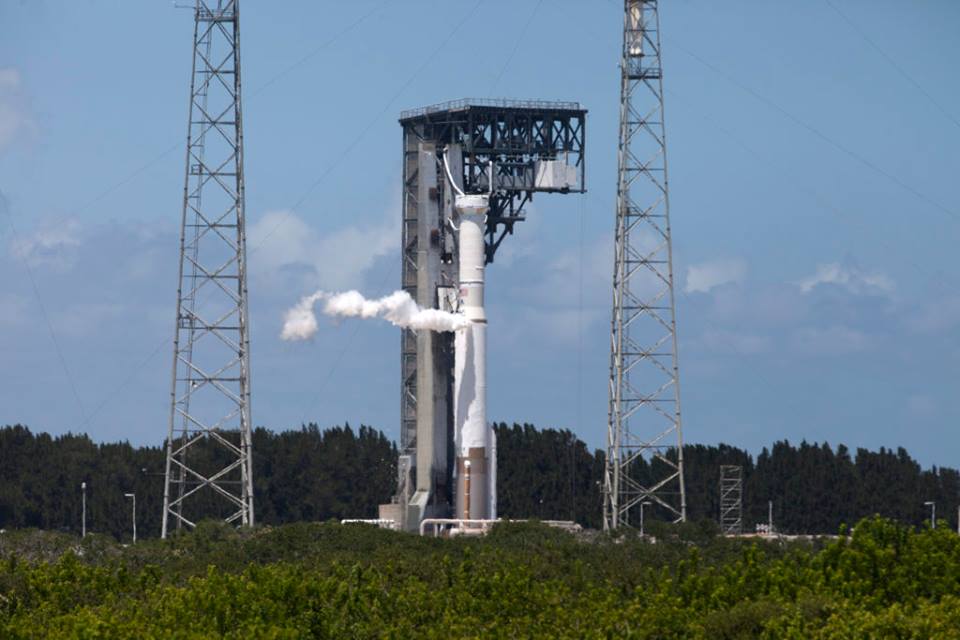
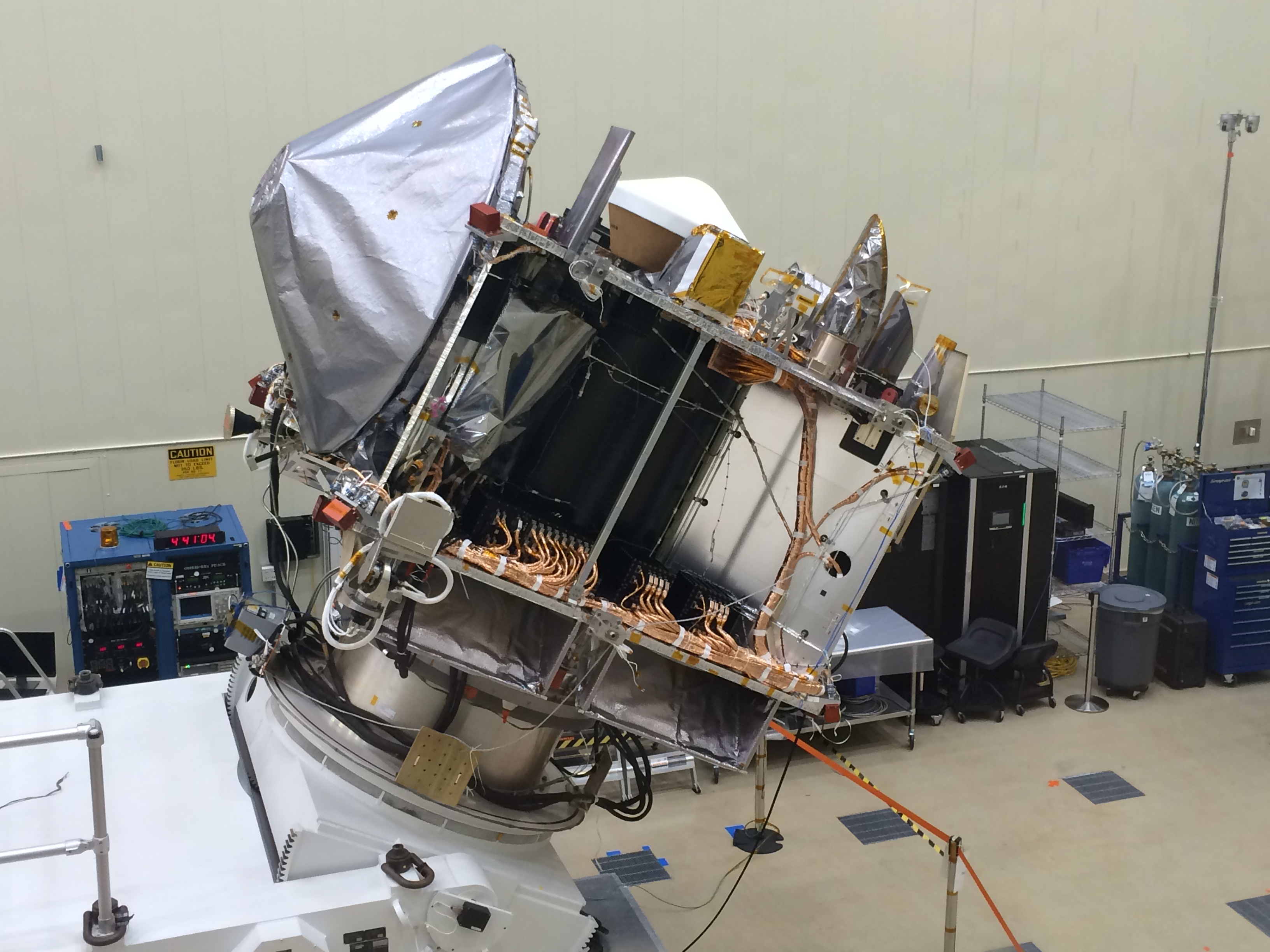
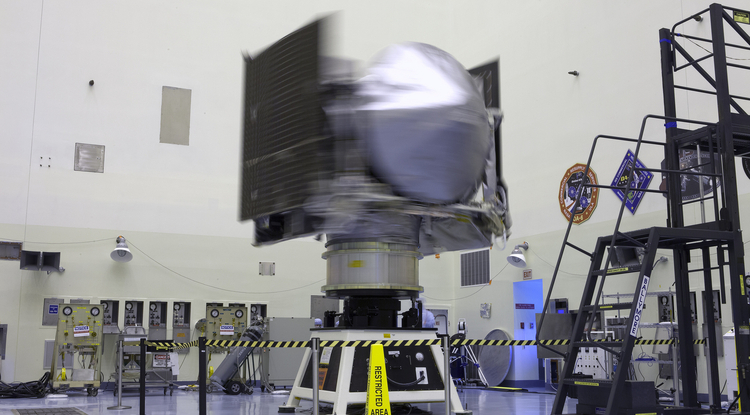
Want to keep up-to-date with all things space? Be sure to “Like” AmericaSpace on Facebook and follow us on Twitter: @AmericaSpace
Missions » OSIRIS-REx »



